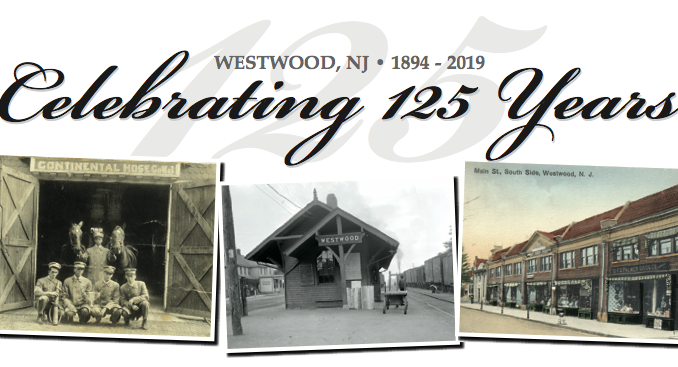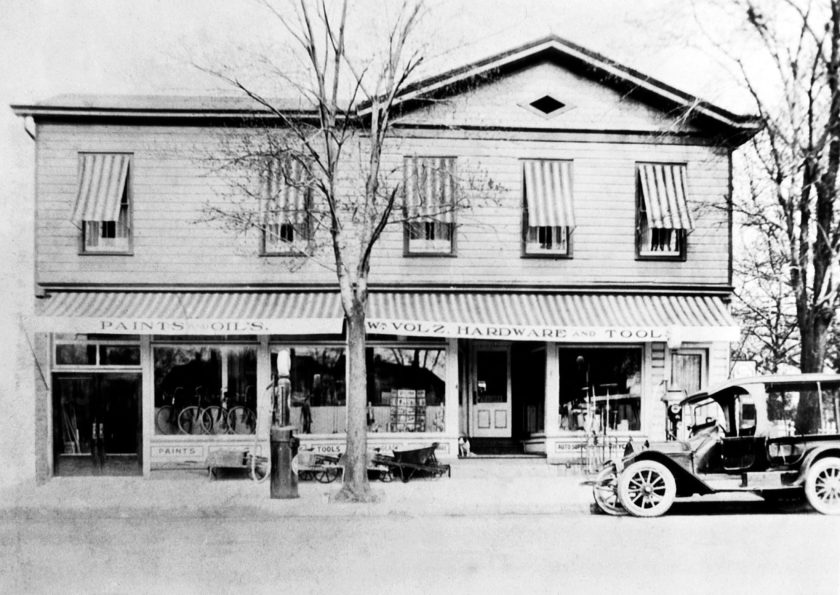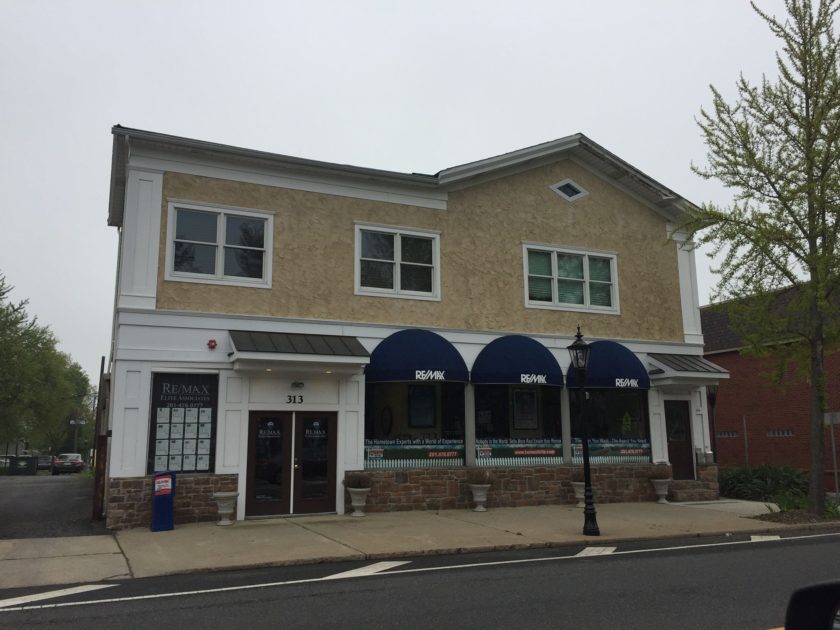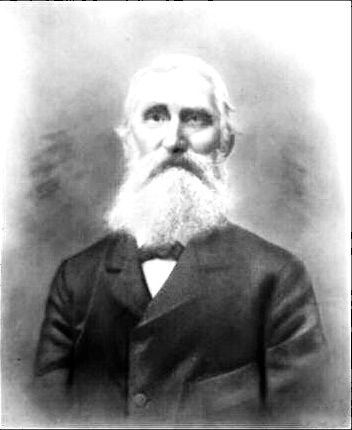
Longtime Westwoodians might remember when the building at 313 Broadway was Volz Hardware. But before William Volz opened his store in 1898, the location had been Odd Fellows Meeting Hall and Community Theater. It was here that Westwood residents met 125 years ago to organize the borough’s secession from the Township of Washington.
The Borough of Westwood’s incorporation became official May 9, 1894. It joined 26 Bergen County municipalities that formed in the same year, and there’s a good explanation for it.
In 1894, legislation called the Township School Act was passed. In an effort to equalize education opportunities, it consolidated independent community school districts into larger township districts.
Back then, our Pascack Valley communities of Emerson, Hillsdale, Montvale, Park Ridge, River Vale, Westwood and Woodcliff Lake were all part of a larger territory, the Township of Washington. There were several little school houses scattered across the township, each controlled locally by the residents who lived around it.
As a side effect of the School Act, the consolidated township school district took on the property—and the debts—of the individual districts that were now under its purview. Being saddled with debts from neighboring communities wasn’t something taxpayers were prepared to accept.
The new law had a loophole: “Each city, borough and incorporated town shall be a school district.” A community could shed responsibility for the regional school debt, as well as gain more local control over tax dollars, if it broke away to form an independent municipality.
As a result, communities scrambled to incorporate as municipalities in a move that historians refer to as “Boroughitis.” Like a domino effect, Westwood led the pack, with Park Ridge, Woodcliff Lake, and Montvale also following along the same year. The short-lived Borough of Eastwood also formed in 1894 on the present-day River Vale/Old Tappan border, but dissolved in 1896. Hillsdale followed in 1898, Emerson in 1903 and River Vale in 1906. Only a small portion of the original township remained, and that’s what we now know as the Township of Washington.
Visit the website celebratewestwood.org for a listing of events scheduled for the next couple of months to mark the borough’s 125th.
Did you know? Westwood was to celebrate its 50th anniversary on May 9, 1944 but the event was put off due to lack of interest—with America embroiled in World War II, everyone’s minds were focused on the war effort. In an unofficial gathering that was open to the public, three former mayors got together to reminisce about the old days.


WESTWOOD’S FIRST MAYOR WAS PROMINENT BUSINESSMAN
When Westwood incorporated as a municipality in 1894 and Isaac D. Bogert was named its first mayor, he was already a prominent citizen in the community of around 500 people.

Bogert (pictured) was born in 1834 in the family homestead that still stands at the corner of First and Bogert avenues. In 1869 he teamed with Z.B. Van Emburgh to open Westwood’s first general store on the corner of Westwood Avenue and Railroad Avenue (later renamed Broadway). When the store was built, Westwood is estimated to have had only 25 houses. Its former location is now the four-story Bank of America building.
Bogert was also the postmaster for 20 years, maintained a large trade in lumber and coal, served as a Bergen County freeholder for six years, was tax collector for Washington Township (before Westwood incorporated), and helped found the Reformed Church at Westwood in 1887. He was appointed Westwood’s first mayor in 1894 and served three non-consecutive terms.
In July 1894, Bogert donated to the newly formed borough a large portion of land in the center of town. Today we know it as Veterans Memorial Park.
